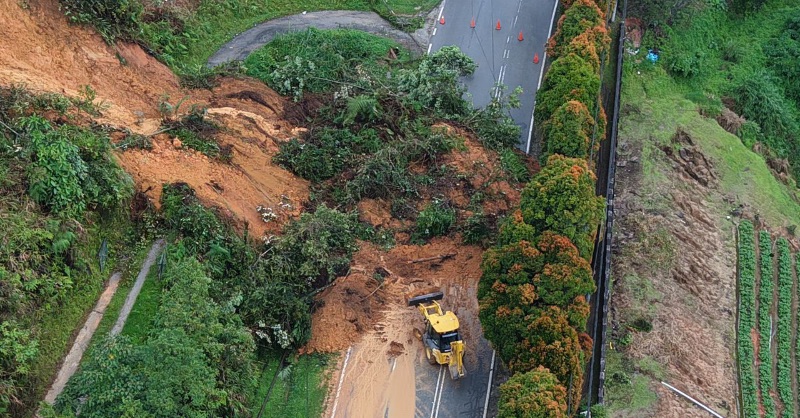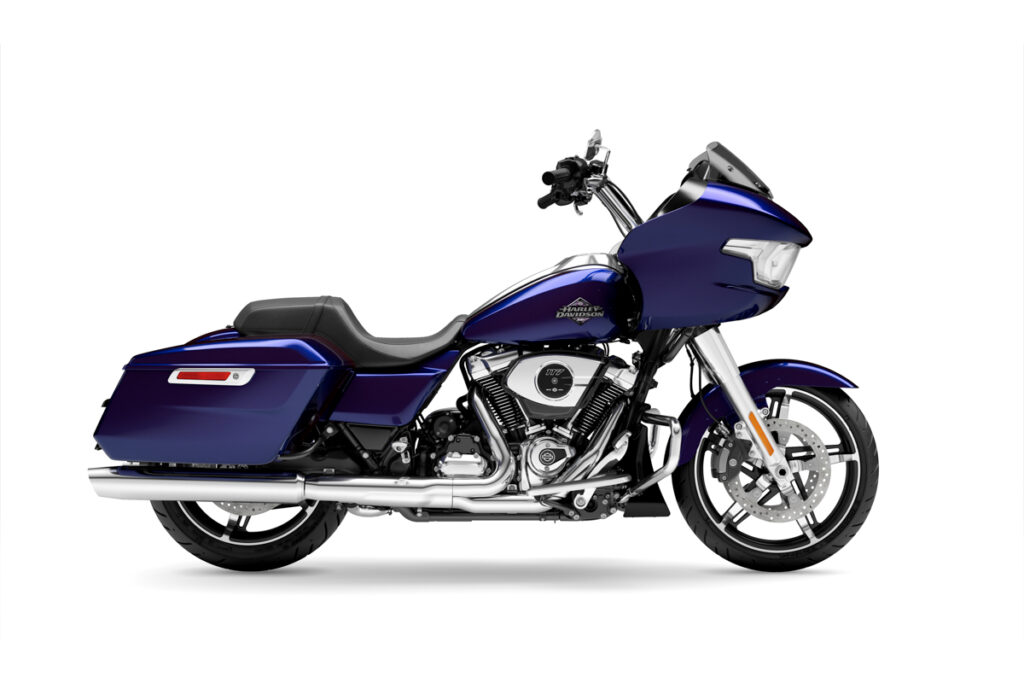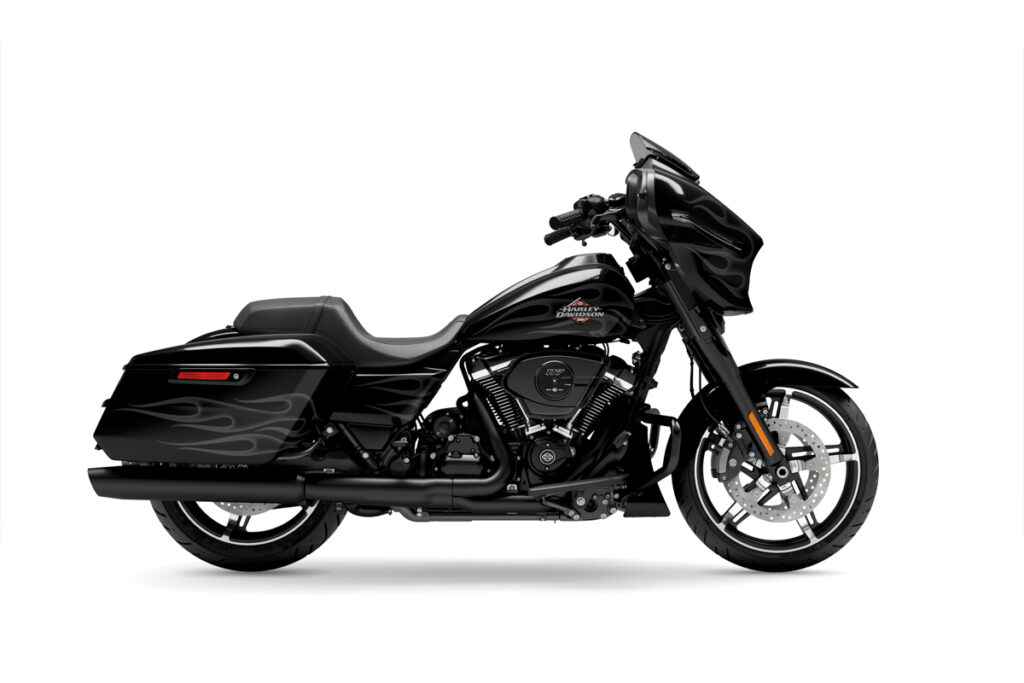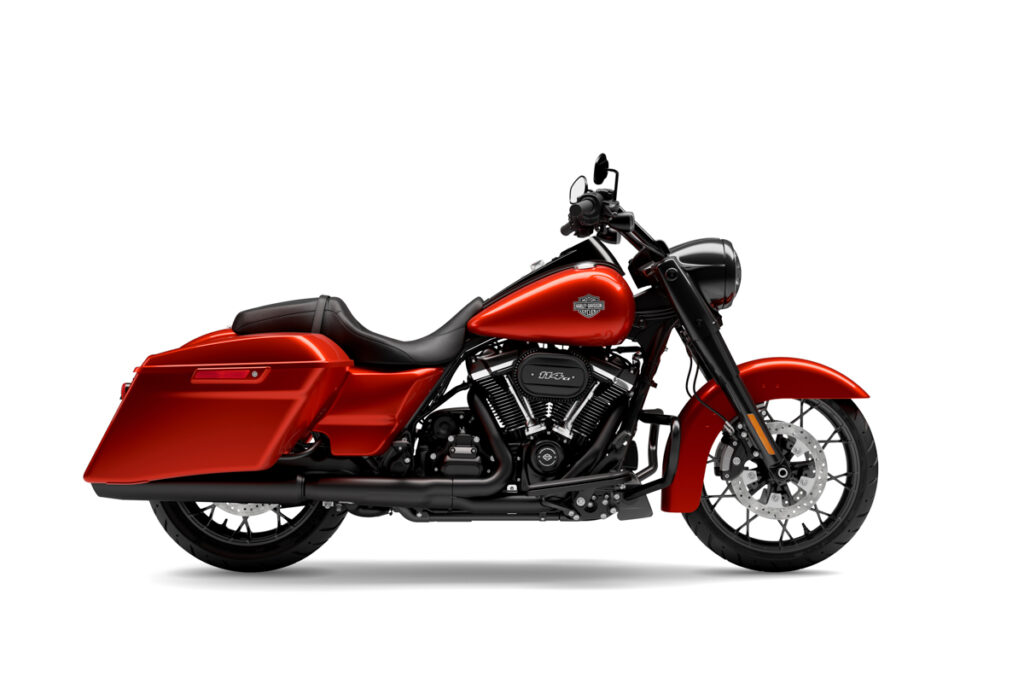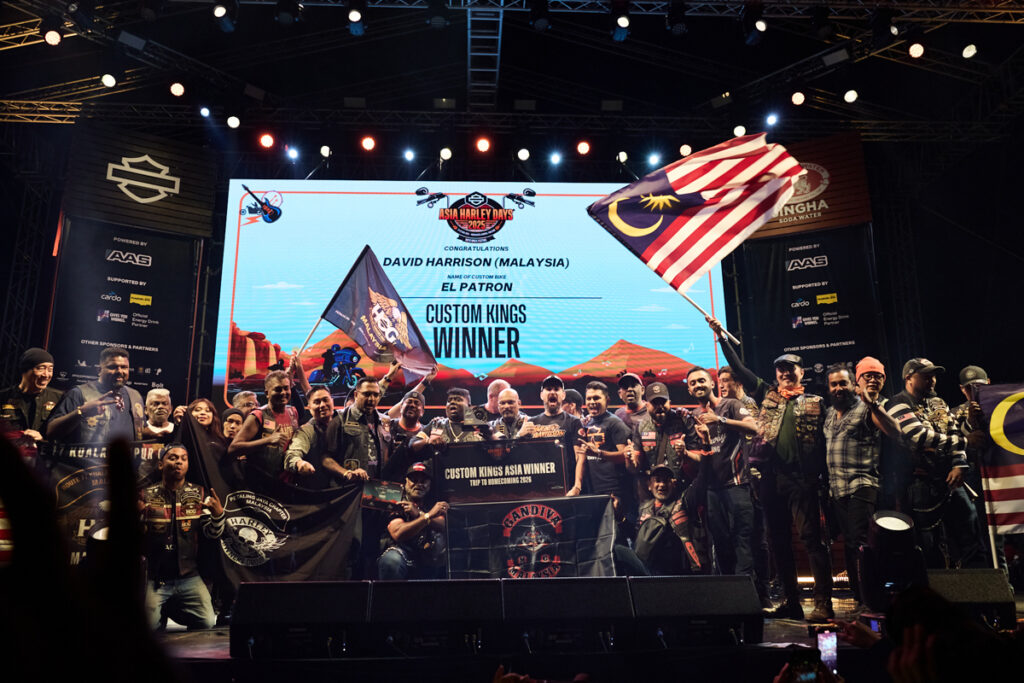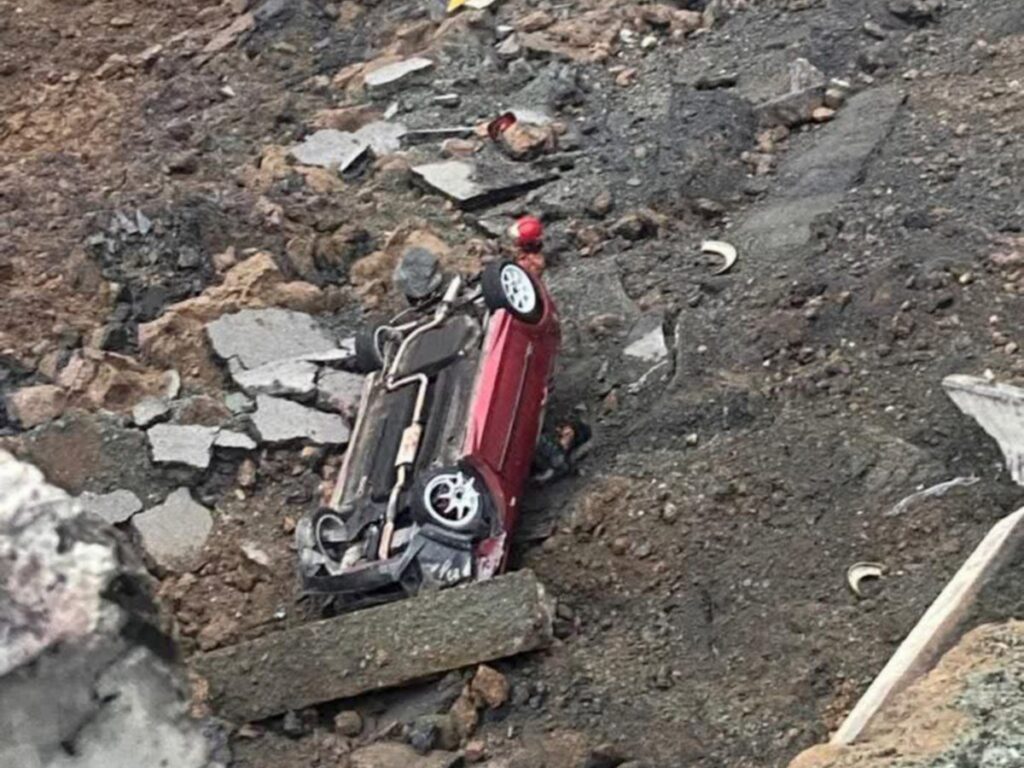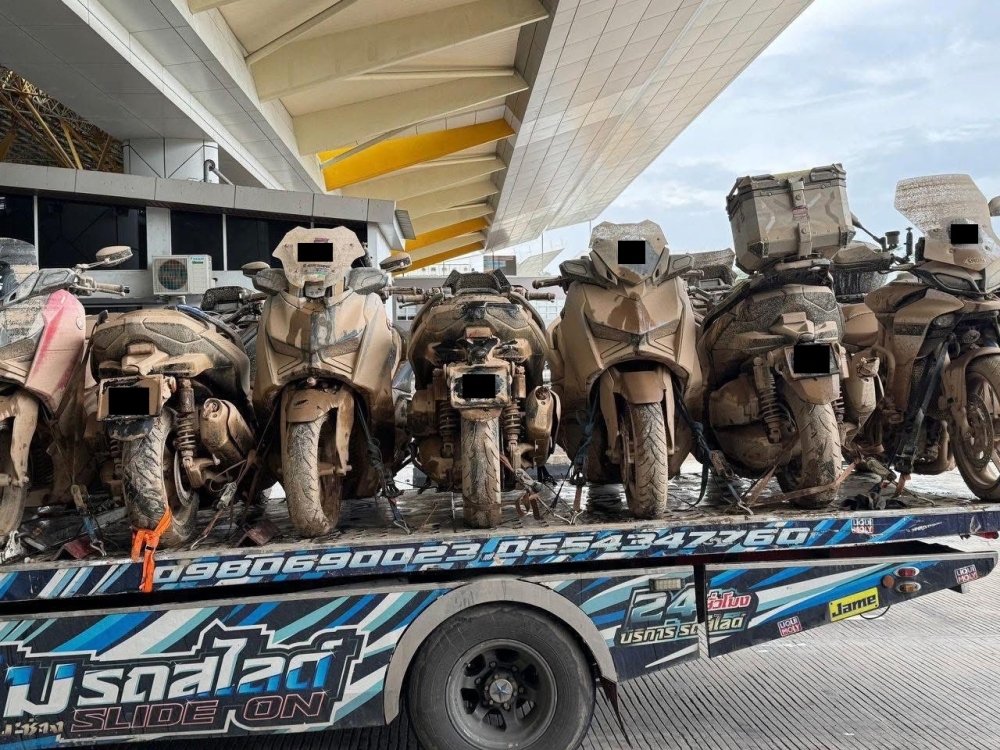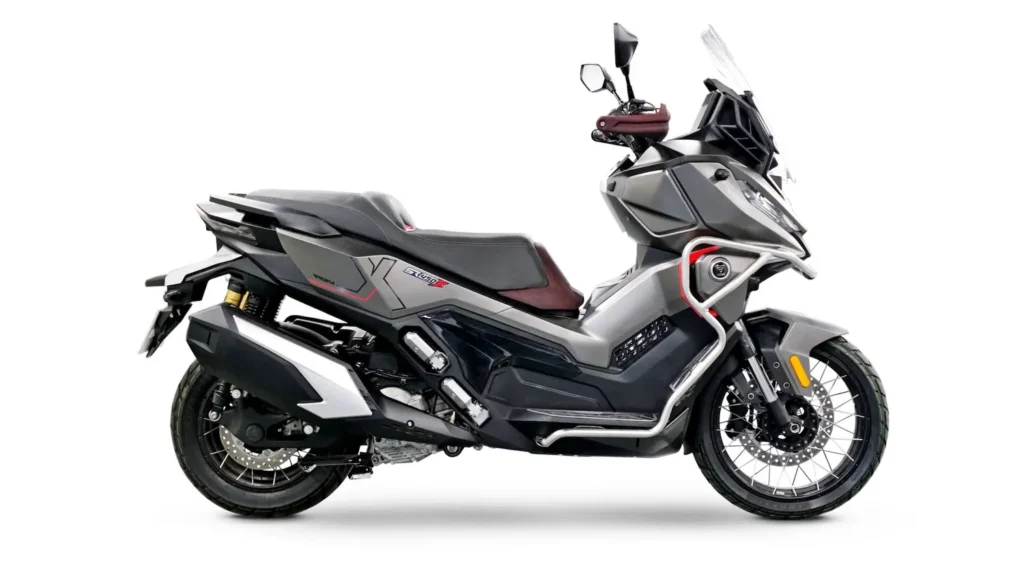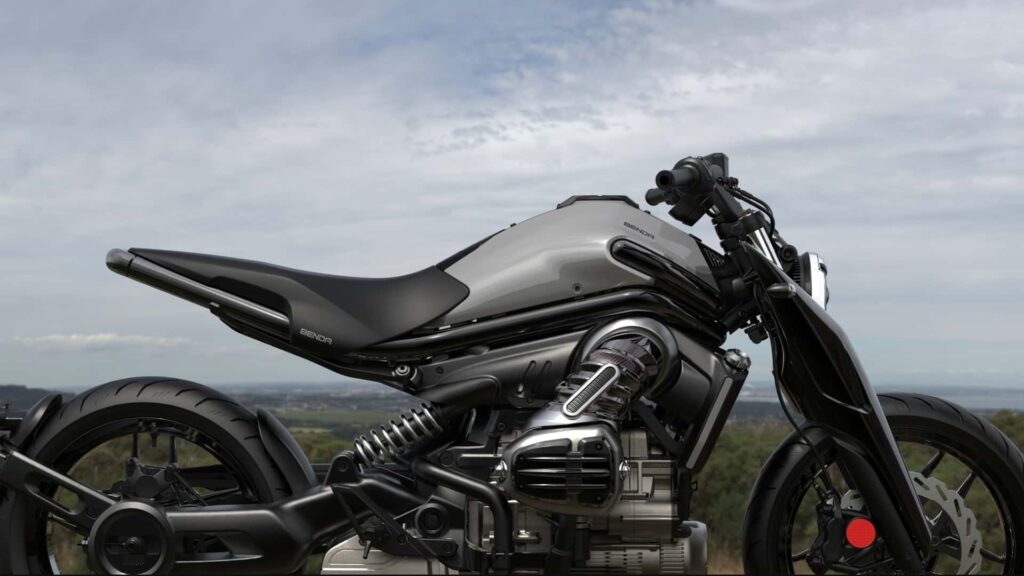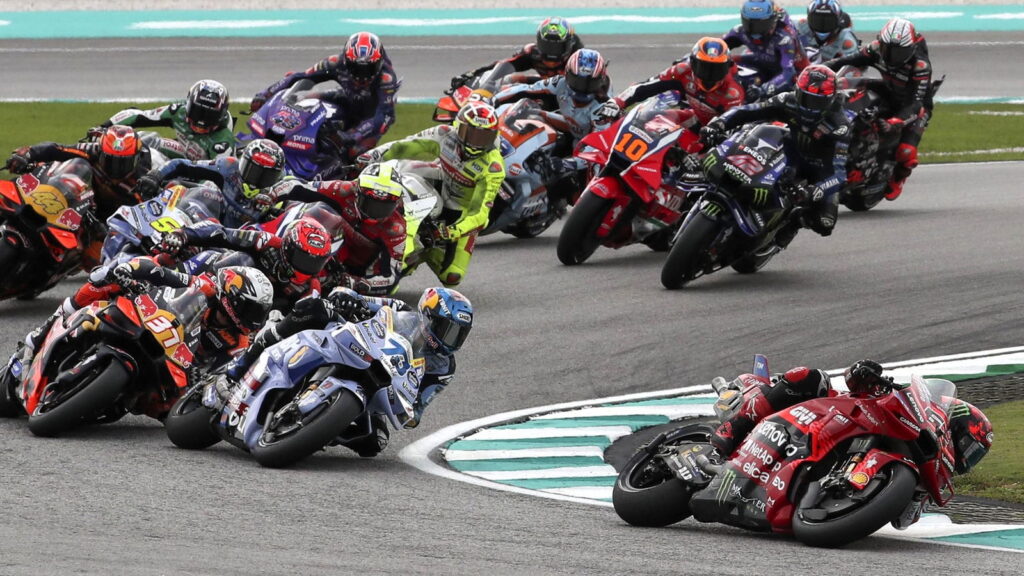Skuter sport 250cc hasil tangan anak tempatan, MODA Sporter-S (2025) telah dilancarkan hari ini.
Daripada siaran media:
Mdua Motor Sdn. Bhd., anak syarikat kepada AFY Mobility Industries (AMI) hari ini telah melancarkan sebuah jenama motosikal tempatan baharu MODA, yang fokus dalam memasarkan produk skuter ke seluruh pasaran Malaysia. Turut dilancarkan bersama pada majlis hari ini ialah MODA Sporter-S yang dikuasakan dengan enjin 250cc.
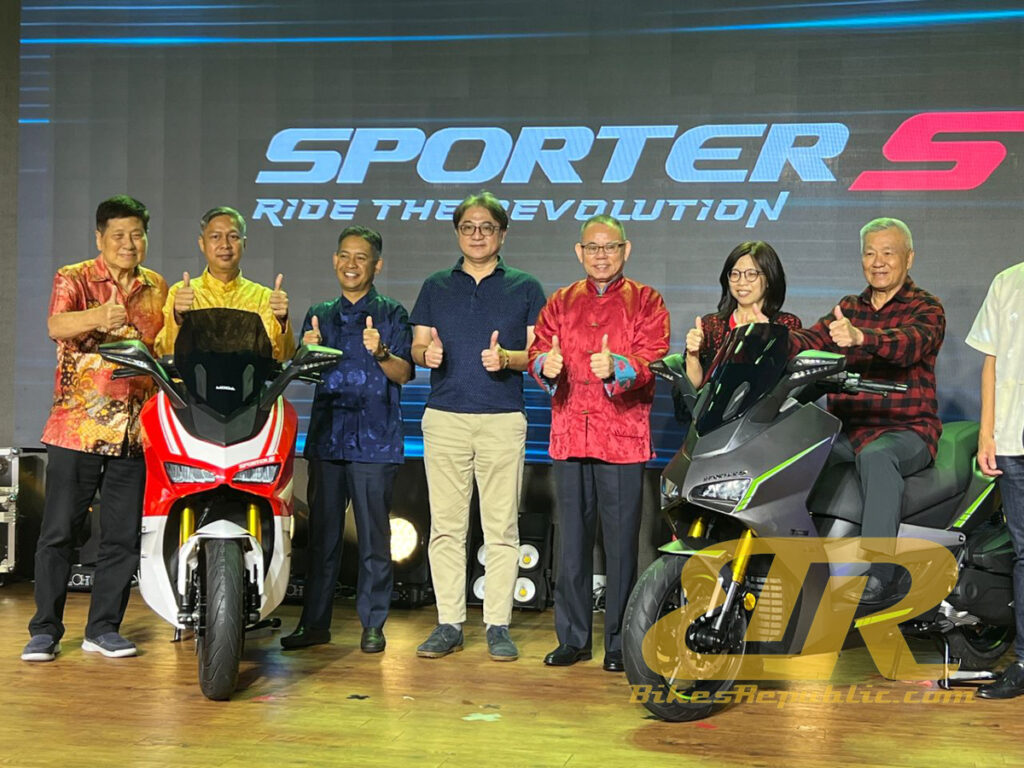
Pengenalan model skuter oleh MODA ini adalah sejajar dengan perkembangan pesat segmen skuter di Malaysia. Tidak dinafikan, skuter kini kian menjadi pilihan utama atas faktor kepelbagaian fungsi, kos yang berpatutan, dan praktikaliti di kawasan bandar. Di negara seperti Indonesia, Thailand, dan Vietnam, skuter telah pun mendominasi pasaran dengan menguasai lebih daripada 70% jumlah jualan motosikal secara keseluruhan.
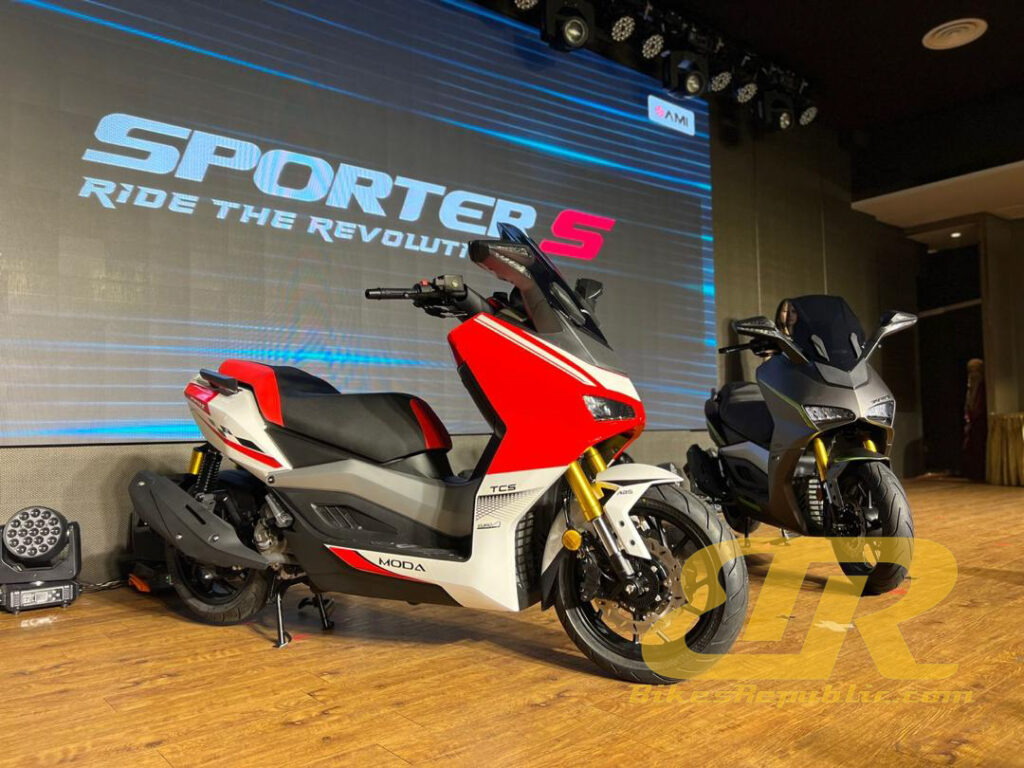
Di Malaysia pula, jualan serta pasaran skuter kini turut meningkat tatkala ianya dipacu oleh kesedaran terhadap keperluan pada kenderaan yang menjimatkan bahan api serta lebih mesra alam. Pasaran skuter ini secara langsung dijangka menjana pendapatan keseluruhan AS$0.51 bilion pada tahun 2024 dan berkembang pada kadar CAGR 3.98% hingga mencapai AS$0.62 bilion menjelang tahun 2029.
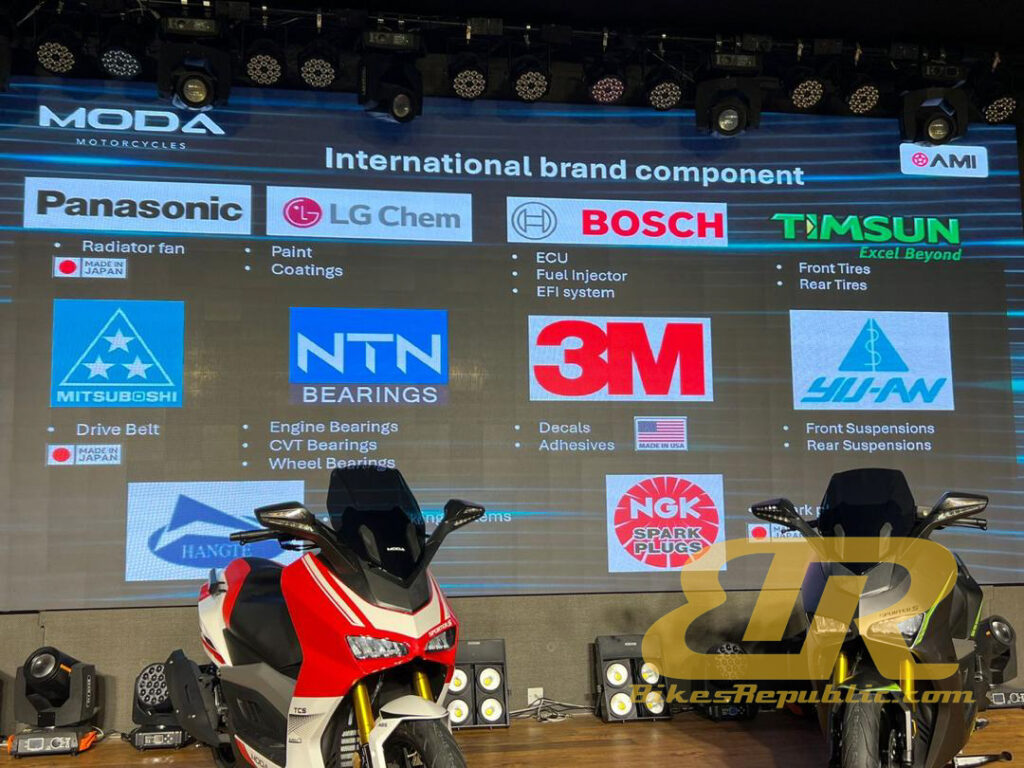
Pengenalan MODA Sporter-S telah secara tidak langsung membuka ruang kepada segmen baru dengan reka bentuk berinspirasikan motosikal sukan ‘sportsbike’ yang mengetengahkan rekabentuk yang lebih aerodinamik dan berani. Umum mengetahui, ketika ini kebanyakan skuter di pasaran Malaysia kebanyakannya mengetengahkan Reka bentuk sporty dan unik seperti ini pastinya bakal menarik minat penggemar sukan bermotor di Malaysia.
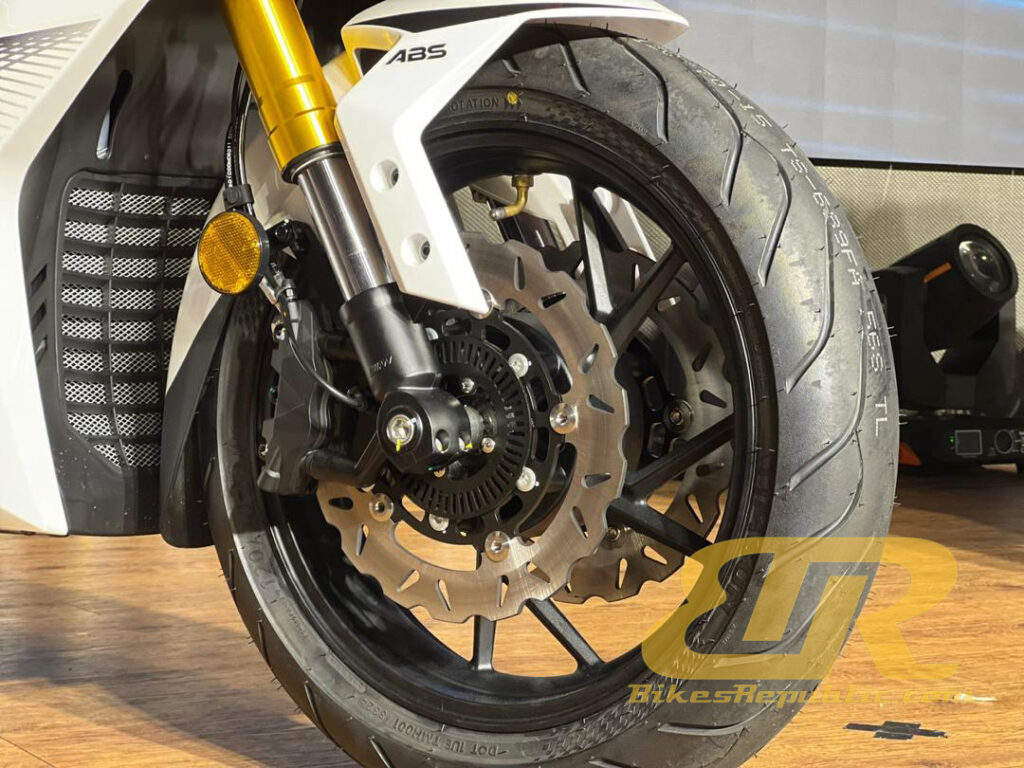
Sporter-S juga dilengkapi dengan ciri keselamatan canggih dengan ciri-ciri sebuah sportsbike. Antaranya ialah cakera brek berkembar di bahagian hadapan yang dikombinasikan bersama sistem ABS dua saluran (depan dan belakang) yang dilengkapi brek kaliper 4-injap untuk daya brek yang lebih jitu. Teknologi kawalan Traction Control System (TCS) pada Sporter-S juga turut memastikan kestabilan semasa membelok di permukaan mencabar.
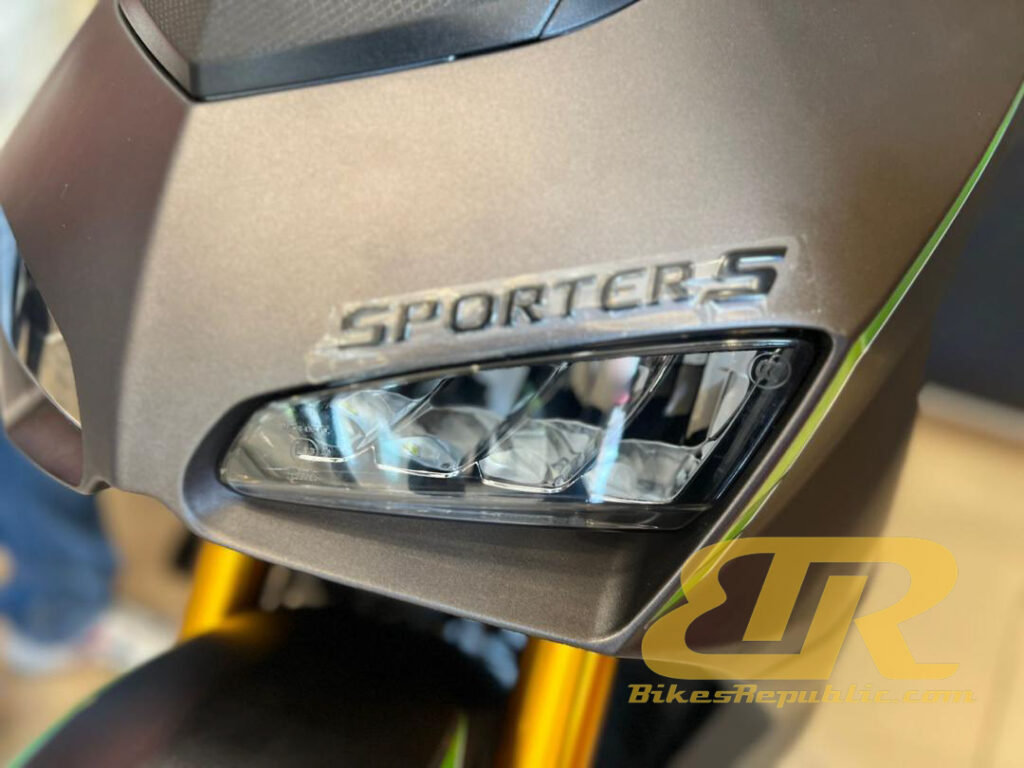
Selain itu, skuter ini turut memiliki tangki isian petrol dengan kapasiti 13 liter yang mapan untuk perjalanan kembara yang jauh. Selain itu, ruang simpanan di bawah pelana tempat duduk dapat memuatkan dua topi keledar bersaiz penuh, memberikan kemudahan tambahan kepada penunggang harian. Menariknya, ia juga dilengkapi beberapa ciri menarik seperti lampu hadapan ultra-terang LED Matriks, kekunci pintar, hubungan nirwayar antara peranti telefon dan skrin besar berwarna TFT bersaiz 6.2 inci yang menyokong panggilan serta navigasi penuh semasa tunggangan.
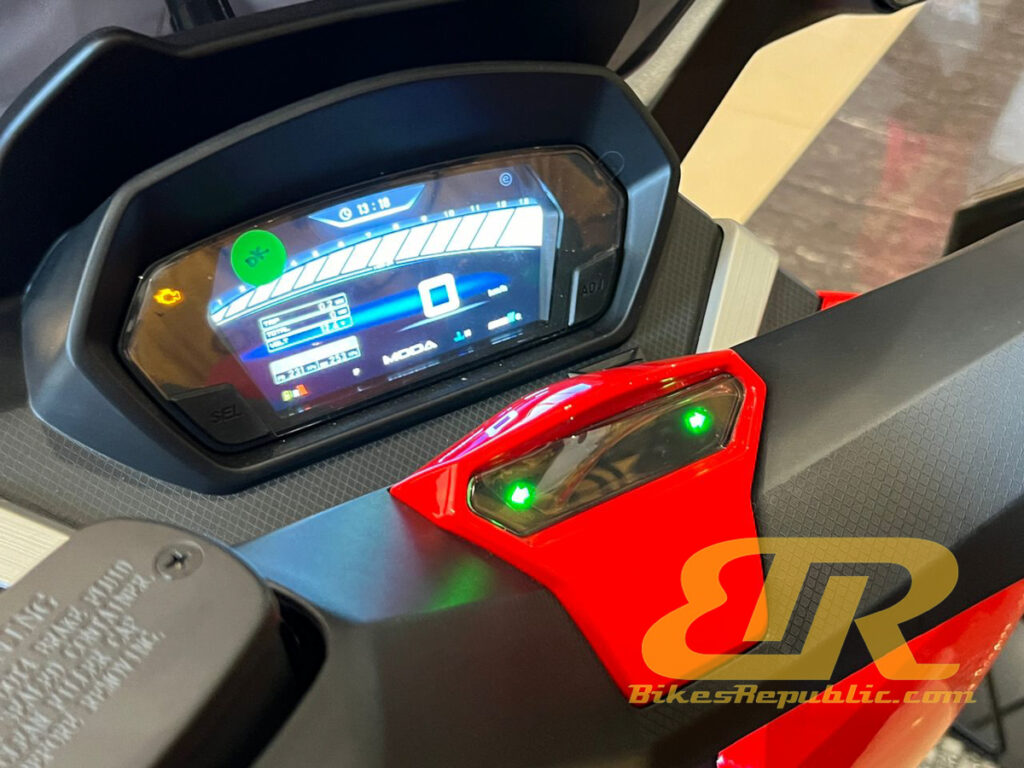
Secara keseluruhan, dengan penawaran sebuah skuter 250cc yang dijanakan dengan kuasa 24.8hp, ia sudah cukup untuk dikategorikan sebagai antara skuter terbaik dan berkuasa di dalam kelasnya.
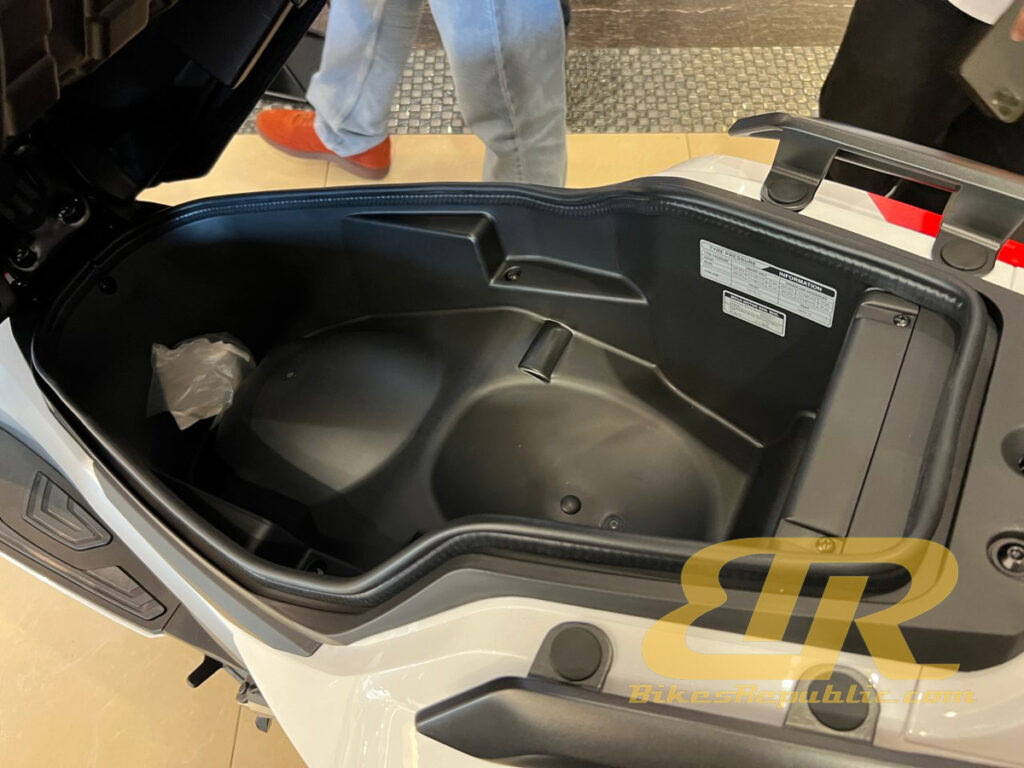
Menurut Micheal Yeoh, Penolong Pengurus Besar Mdua Motor Sdn. Bhd., MODA Sporter-S telah direka serta dibangunkan dengan berpegang kepada asas ‘By Bikers, For Bikers’ (Dari Penunggang, Untuk Penunggang). Beliau turut menambah, Sporter-S akan menjadi pilihan ideal bagi penunggang di Malaysia dengan tawaran reka bentuk sporty, aerodinamik, dan dilengkapi ciri seperti sistem brek ABS serta enjin berspesifikasi Euro-4 yang cekap bahan api.
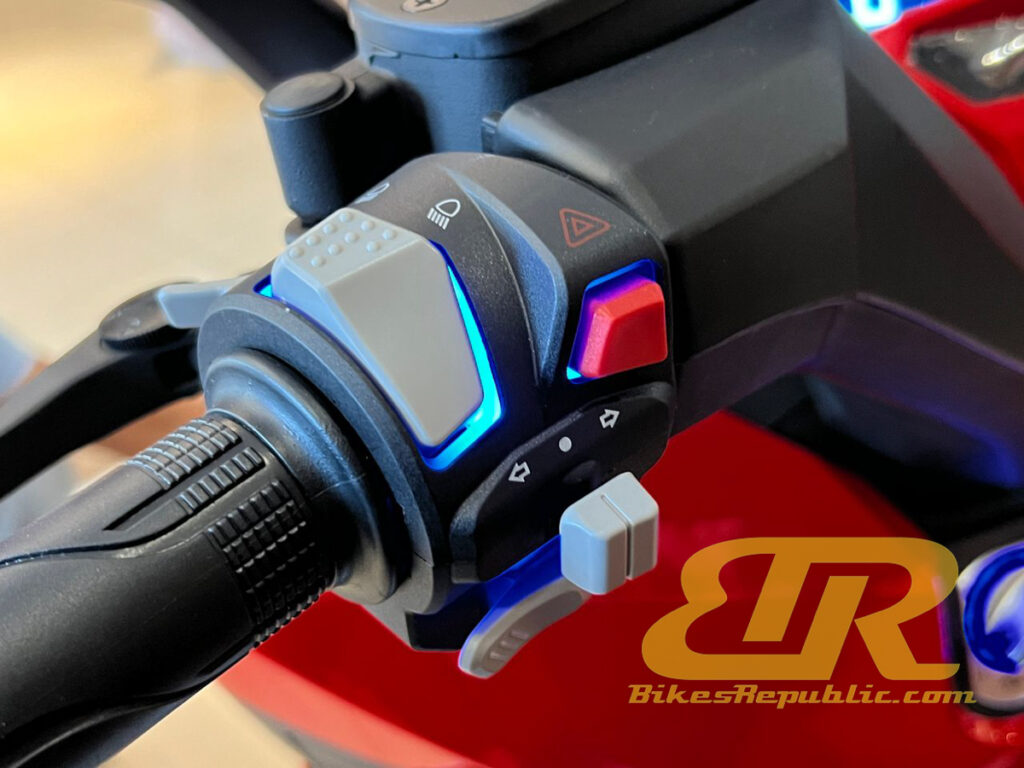
Ditawarkan dalam dua warna menarik, Sporty Red dan Meteor Grey, Sporter-S kini boleh didapati di pengedar sah MODA seluruh negara. Untuk maklumat lanjut, lawati laman web rasmi di www.modamotorcycles.com.
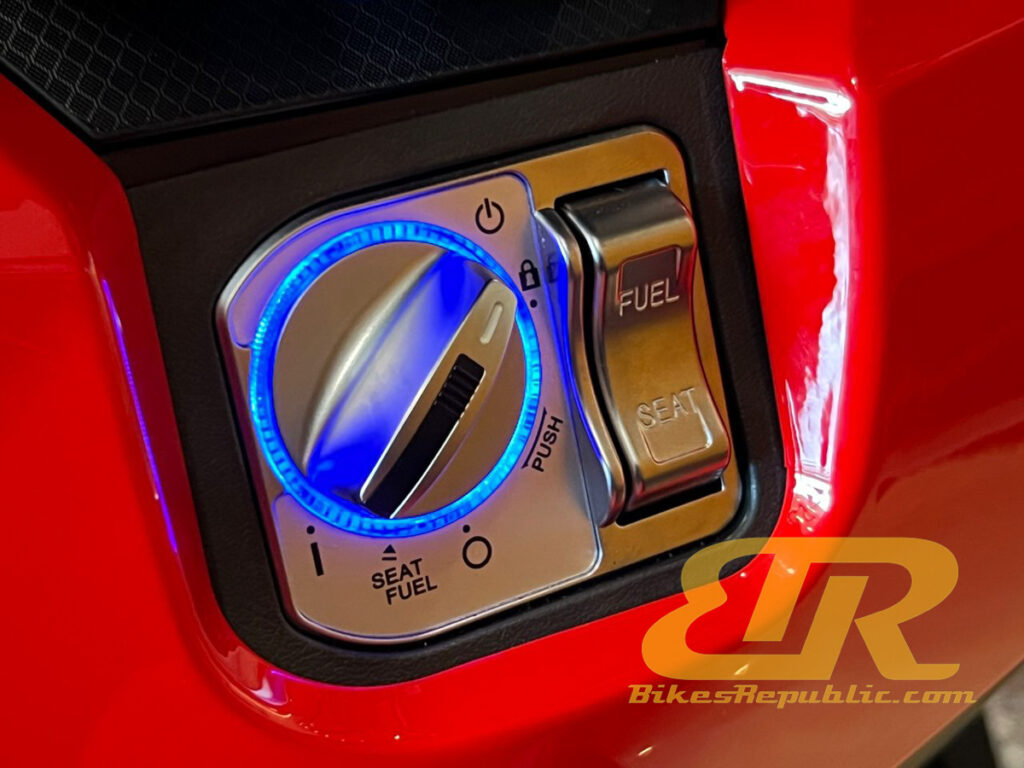
Spesifikasi:
- Enjin 4-Injap, 1-Silinder, SOHC
- Sistem Bahan Api Suntikan Elektronik (BOSCH EFI)
- Pengurusan Enjin Elektronik (BOSCH)
- Penghidup Elektrik
- Pencucuhan Transistor Penuh
- Transmisi CVT
- Pensijilan Euro 4
- Kapasiti Enjin 244cc
- Kuasa Maksimum 24.8 Hp @ 8500 rpm
- Tork Maksimum 22.5 Nm @ 6500 rpm
- Sistem Penyejukan Cecair (Radiator Panasonic)
- Brek Hadapan ABS 260mm Cakera Terapung Berganda
- Brek Belakang ABS 240mm Cakera Tunggal
- Suspensi Hadapan Fork Balikan
- Suspensi Belakang Penyerap Hentakan Boleh Laras
- Sistem Kunci Kunci Pintar (Nirwayar)
- Jarak Roda 1538 mm
- Jarak Tanah Minimum 165 mm
- Berat 186 Kg
- Kapasiti Tangki 13 Liter
Galeri gambar:







